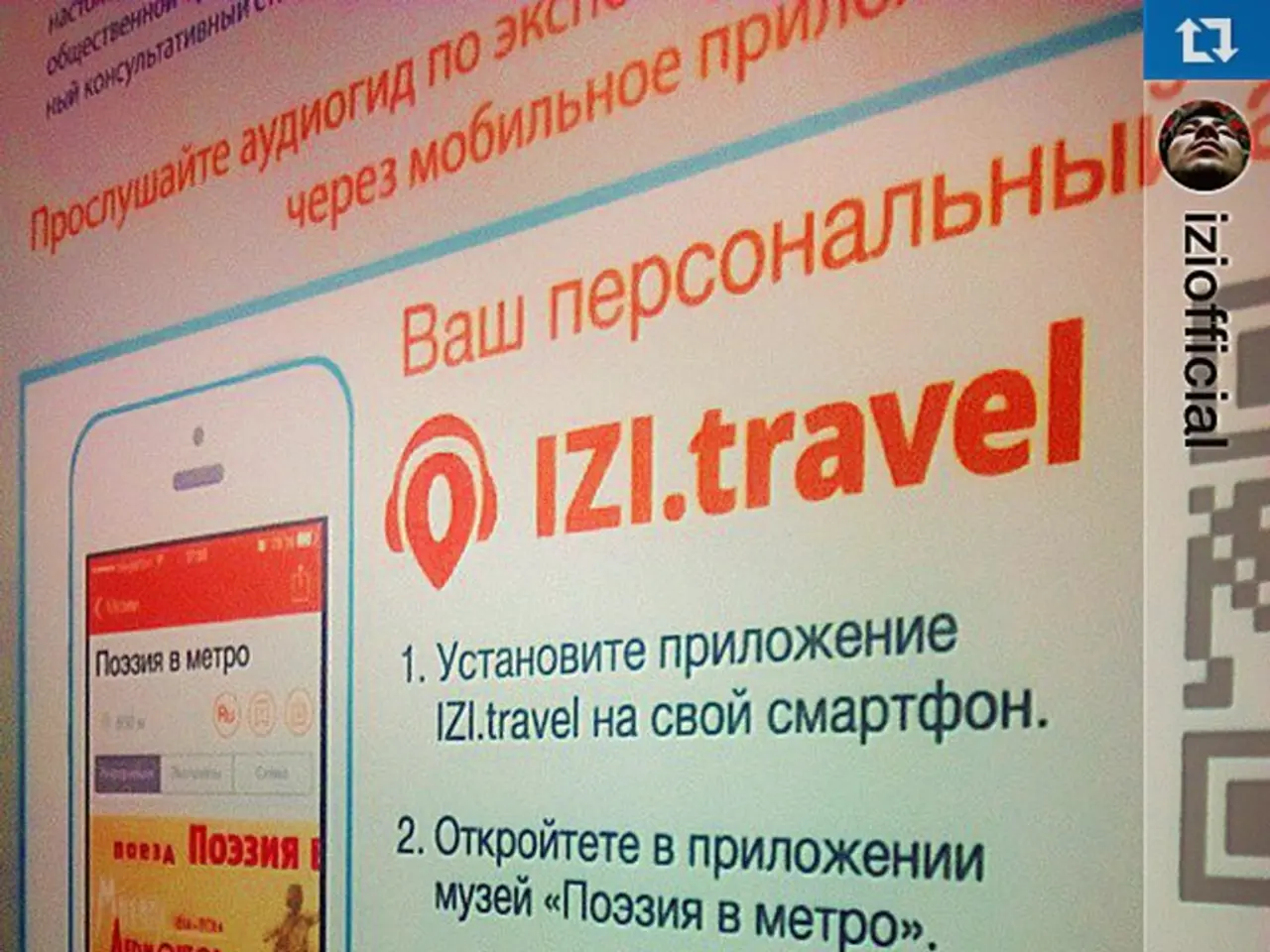Decentralized Applications, or dApps, explained: a 2025 Compendium
=================================================================================
Decentralized applications, or dApps, are revolutionizing the way we interact with online programs and software. These applications, which run on peer-to-peer or blockchain networks, offer a range of benefits that set them apart from traditional, centralized applications.
Functionality
Unlike traditional apps that operate on centralized servers, dApps run on decentralized, peer-to-peer blockchain networks using smart contracts to automate processes. This architecture enables new models of user interaction and incentivization, with token-based economics being a common feature. DApps also provide enhanced interoperability with other blockchain-based applications, unlike traditional apps which typically operate within limited ecosystems.
Security
Security is a key advantage of dApps. They benefit from enhanced security through cryptographic methods and decentralization, making them resistant to single points of failure, hacks, and censorship. Data is stored in immutable, tamper-resistant blockchain blocks. In contrast, centralized apps rely on the security of their individual servers, which can be vulnerable to attacks and censorship.
Governance
Governance in dApps is decentralized and often community-driven, with token holders participating in decision-making and protocol upgrades through consensus voting. This enhances user control and transparency, contrasting with the centralized control of traditional apps.
Benefits and Challenges
DApps offer several advantages, including decentralized operation, greater transparency, automated and trustless execution via smart contracts, stronger security due to distributed networks, and community-based governance. However, they also face challenges, such as interoperability issues with other networks, slower transaction times on public blockchains, and a steep learning curve for users.
Potential and Future
Despite these challenges, dApps have high profit potential as blockchain technology and DeFi have gained traction worldwide but are still not as popular as conventional finance systems. This provides early adopters with ample opportunities to garner profits. Furthermore, dApps eliminate the need for third parties or intermediaries, ensuring data sovereignty and privacy, and have the potential for faster adoption at scale globally.
In conclusion, dApps are poised to play a significant role in shaping the future of online programs and software, offering a more secure, transparent, and democratic alternative to traditional applications.
References
[1] Buterin, V. (2013). Ethereum White Paper. https://ethereum.org/en/whitepaper/
[3] Wood, G. (2019). Polkadot White Paper. https://polkadot.network/en/whitepaper
[5] Nakamoto, S. (2008). Bitcoin: A Peer-to-Peer Electronic Cash System. https://bitcoin.org/bitcoin.pdf
- Sui, a new scalable blockchain network, is promising to bring improvements to theDeFi ecosystem and metaverse projects by offering fast transactions and Cryptocurrency functionalities.
- As the decentralized finance (DeFi) sector continues to evolve, popular Cryptocurrencies like Bitcoin and Ethereum are being joined by new competitors, such as Solana, which offers faster transaction speeds and lower fees.
- Users may store their digital assets, including Ethereum, Bitcoin, and other Altcoins, securely in wallets on various Cryptocurrency exchanges, enhancing their capability for trading and participating in the DeFi ecosystem.
- Various blockchain-based projects, like Polkadot (referenced in [3]), are focusing on solving interoperability issues between different blockchains, which would facilitate seamless interaction between dApps built on different platforms like Ethereum, Sui, and Solana.
- Governance mechanisms within protocols like Ethereum and Solana allow token holders to vote on changes and upgrades, giving community members a level of control unparalleled in traditional financial systems.
- The future of finance may see a blend of traditional financial systems and decentralized technologies, such as blockchain and cryptocurrency, as Protocols continue to evolve and offer more streamlined, secure, and transparent solutions, ultimately enabling the metaverse to become a flourishing digital economy.




